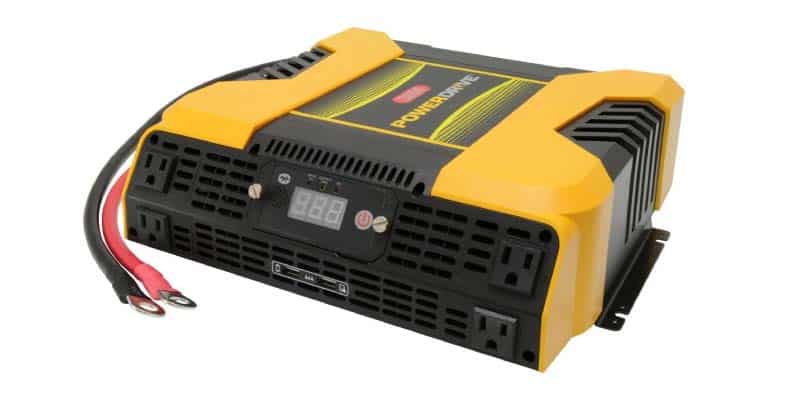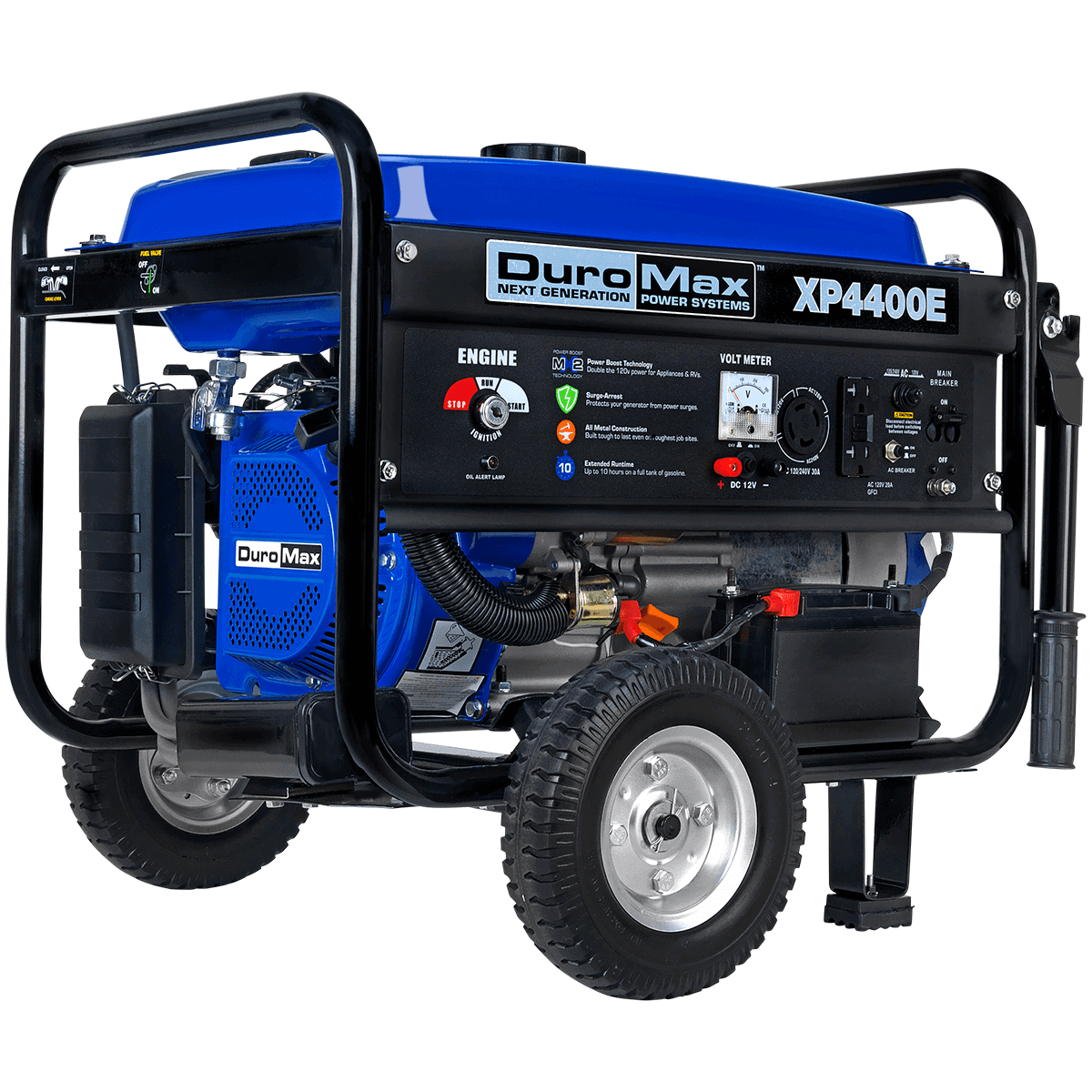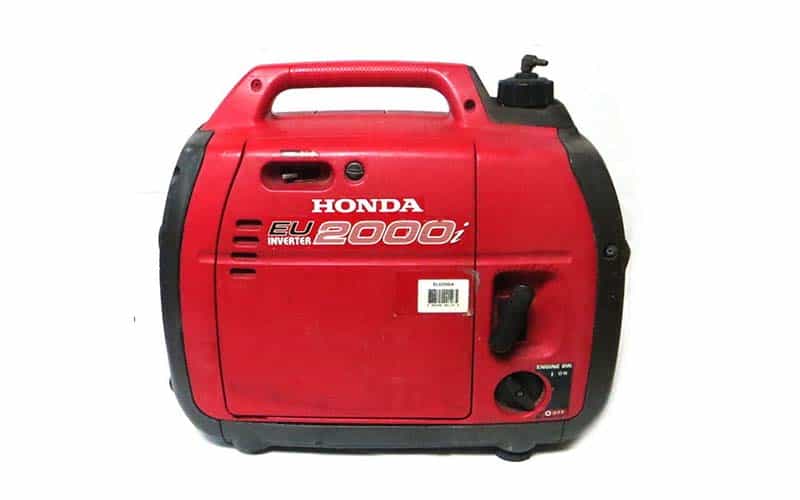For most people, buying a generator usually means that power blackouts will no longer be a major issue. After all, you only need to have some fuel and you'll be good to go. However, not all generators will provide you with "clean power" right off the bat, and that won't be good for your electronic devices. In this article, we'll look at what clean power really is and why you need it before digging deeper and finding out how you too can clean the power from your generator.

Dirty power simply refers to unsteady or fluctuating power. With mains electricity, you may hardly ever notice dirty power since most fluctuations or harmonic distortions (to be discussed later) have been removed. On the other hand, some generators may not offer the same quality of electricity that the power company provides. In most cases, you will notice that the power supply is poor or abnormal when any of the following things happen:
- The lights constantly blink or flicker when you turn them on
- Transformers of your devices heat up, produce noticeable noise, or fail altogether
- Electronic equipment vibrate and some even produce some uncommon noise
- The circuit breakers trip constantly
All these signs show you that you are currently using dirty power. In addition, dirty power also comes with a poor power factor, and this means that some power intensive devices such as your power tools may not function properly.
What Causes Dirty Power?
While low quality generators are synonymous with dirty power most of the time, it is possible to get dirty power from a high-quality generator too. This is especially true if you do not service your generator once in a while. As such, before you really start looking into the dirty power issue, consider some of the following tips:
Check the overall condition of the generator and pay close attention to loose connections.
Always use clean fuel when topping up your generator.
Be sure to store fuel in a clean place so that it doesn't collect dirt.
Clean parts of the generator where dirt accumulates.
Inspect the generator's fuel filters on a monthly basis or when powering the generator after a long period.
Check the air filters regularly too and replace them if need be. You can also opt to clean them after every 100 hours of operation.
Change the lubricant oil while changing the fuel filters.
Check the battery and ensure that its voltage is still at optimum. Make it a practice to replace the battery after every three years or as the manufacturer recommends.
Though all of these tips will ensure your generator runs optimally, they may still not be enough especially when you still notice that the power output is not good. We'll thus take it up a notch higher in case the above tips did not solve your problem.
Solutions for Cleaner Generator Power
The main idea behind getting clean and steady power from a generator lies in how the generator produces alternating current. In many cases, the quality of the generator's internal inverter and its voltage regulation process are what matter most. With this in mind, there are four viable solutions for a generator that produces dirty power. The solutions include:
- Using inverter generators
- Using standalone inverters
- Using a UPS
- Using an Automatic Voltage Regulator
Using Inverter Generators
Unlike standby and portable generators, inverter generators lack a mechanical alternator. Instead, they rely on digital alternators which produce steady AC power. Apart from providing steady power, inverter generators are also quieter. The lack of a mechanical alternator makes them easier to maintain as well.
However, when it comes to the amount of power they produce, some people may be a little disappointed. Compared to a portable generator, an inverter generator may not produce enough power to run certain electrical equipment. This is why many of the inverter generators sold on the market today have parallel connection capability.
They also cost a little bit more than your average portable generator. While they can guarantee you clean power almost all the time, it wouldn't be wise to ditch your current generator for an inverter generator.
Inverter
An inverter is far different from an inverter generator in that the inverter does not produce any kind of power. Rather, an inverter simply transforms DC power to AC power. This allows the power to be "stepped up" and "stepped down" at will. In addition, using an inverter can also help stabilize power output.
Using an inverter with a generator, however, will help you achieve much more than simply getting clean power. The processors in an inverter's circuit will also enable you to control the generator's speed. The benefit is that you will now be able to operate your generator at low speeds and under lower loads.

Apart from that, using an inverter will also optimize the fuel efficiency as well and may even reduce your generator's fuel consumption. The only downside to using an inverter with your generator is that some power may be lost in the process. Of course, the amount of power lost is negligible, but it is still far better to use either an inverter generator if you have access to one.
Using a UPS
UPS stands for Uninterrupted Power Supply. You may have heard of it if you own a desktop PC since many PC owners tend to buy it so that they can safely shut down their PCs when there's a blackout. Ideally, a UPS ensures that the power it outputs is smooth and distortion-free. An added advantage is that a UPS also stores some little power. This is actually what allows PC owners to save and backup their work.

Whereas a generator may not produce AC power at a constant frequency, it is vital for a UPS to supply power at a fixed frequency. After all, the core purpose of a UPS is to provide uninterrupted power. Using it in conjunction with a generator can help you enjoy the benefits from both worlds.
For one, you will no longer have to worry about dirty power that your generator produces since the UPS will smooth out the power output. Secondly, you will now have some little backup power whenever your generator runs out of fuel. Sure, it'll be only a few seconds, but that can be enough for you to take action.
One thing to remember about using a UPS to clean up your generator's power is that you need to get a UPS that is compatible with your generator. A mismatch in frequency between the generator and the UPS will cause a lot of issues. So, be sure to choose a compatible UPS.
Automatic Voltage Regulators
Voltage regulators are a bit different from UPS systems in that they regulate the actual voltage output rather than smoothening the AC curve. Since a fluctuating voltage (brownout) also constitutes dirty power, you might need an automatic voltage regulator to ensure that the voltage remains steady.

In addition to smoothening the generator load, an AVR will also reduce RPM fluctuations of your generator. However, just like with the UPS, you would need to be careful during selection as not all AVRs will automatically work with your generator. You would have to find an AVR with a wattage that is within the range of your own generator.
Conclusion
Summing it all up, cleaning up generator power simply involves making it stable enough to be used by other devices. While you will hardly come by such an issue if you purchased a good generator, it is still possible to experience dirty power if you do not service your generator often. However, if you still haven’t purchased a generator, then it'd be much easier if you simply picked an inverter generator.















